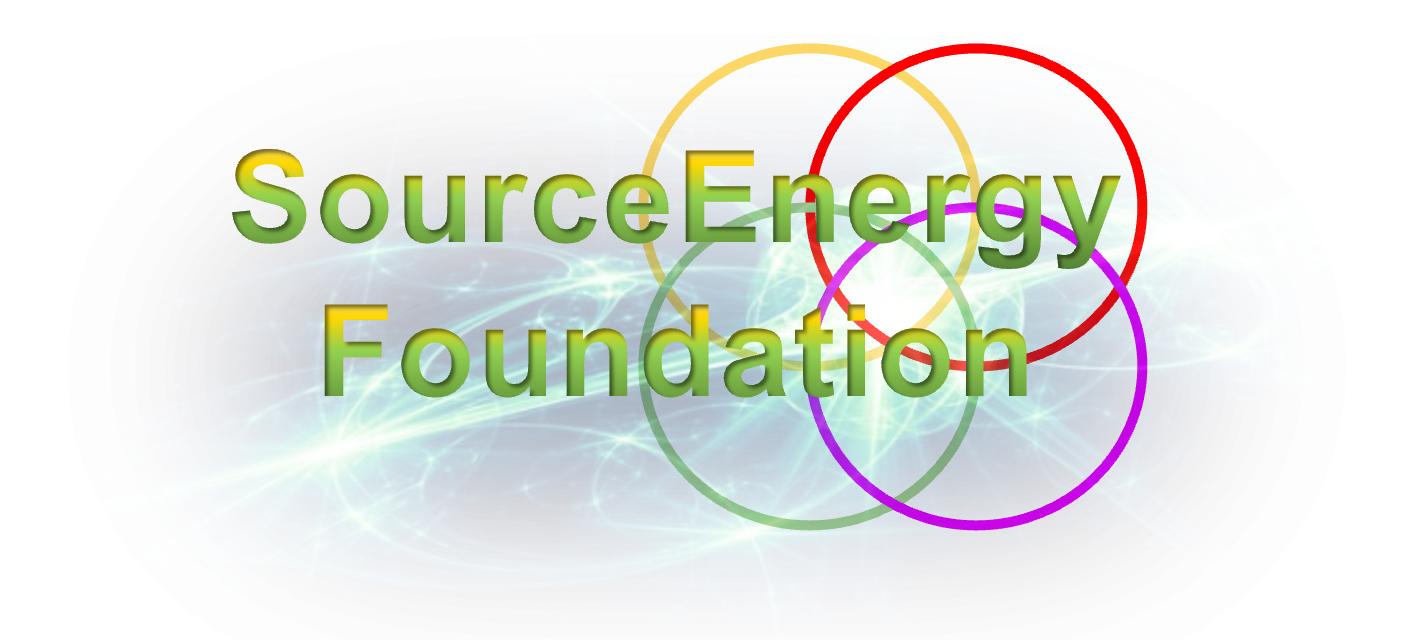Integration of Protocells within the Wealth Ecology Model Framework
The concept of protocells—simplified, synthetic forms of cellular life—offers an intriguing lens through which to examine the Wealth Ecology Model, which revolves around the cornerstones of Energy, Technology, Community, and Education. Protocells represent a unique confluence of these pillars, serving as a promising frontier in both scientific research and technological application.
Relevance to Wealth Ecology Pillars
1. Energy:
Protocells can be designed to carry out specific biochemical reactions that have potential energy applications. For instance, they can be engineered to perform photosynthesis more efficiently than natural cells, or to produce biofuels. In the context of the Wealth Ecology Model, they serve as a novel platform for sustainable energy production.
2. Technology:
The technology required to design, create, and manipulate protocells is itself an important form of wealth generation. This technology has wide-reaching applications beyond energy, including drug delivery systems, environmental remediation, and materials science. Moreover, the capacity to design cells from the ground up offers unprecedented control over biological systems, placing protocells at the cutting edge of synthetic biology and biotechnology.
3. Community:
The potential benefits of protocell technology could significantly impact communities globally. From generating cleaner forms of energy to developing new medical treatments, protocells have the potential to address some of the most pressing challenges facing society today. Their deployment should, however, be governed by ethical considerations, including their environmental impact and potential uses or misuses.
4. Education:
Understanding the science behind protocells and their potential applications requires interdisciplinary knowledge in biology, chemistry, engineering, and ethics. This represents an excellent educational opportunity, aligning well with the Education pillar of the Wealth Ecology Model. Curriculum development that includes protocell technology would prepare students for future careers in a range of cutting-edge scientific and ethical disciplines.
Interconnected Strategies for Integration into the Model
- Research Consortiums: A collective approach, involving academic institutions like Hampton University, industry, and policymakers, can spearhead research into protocells, creating a synergy of Energy, Technology, and Education.
- Community Engagement: Public understanding and discourse on the ethical and societal implications of protocells can be encouraged. This would be a perfect example of integrating Community and Education within the Wealth Ecology framework.
- Entrepreneurial Ventures: Spin-offs or start-ups based on protocell technology can contribute to economic wealth, aligning with the Wealth Ecology Model. These ventures could find support and mentorship within the Entrepreneurship Department at Hampton University.
- Global Collaboration: Given the transformative potential of protocell technology, international collaborations should be fostered. Such partnerships would extend the reach of the Wealth Ecology Model on a global scale, integrating all four of its pillars.
In summary, protocells represent an exciting frontier that aligns remarkably well with the principles of the Wealth Ecology Model. Their study and development offer a multidisciplinary approach to wealth generation, integrating scientific innovation with societal benefits. Therefore, they should be included in any comprehensive strategy that aims to implement the Wealth Ecology Model in a broad and impactful manner.
Sincerely,
Dr. Oliver E. Jones Chairman and Founder, SourceEnergy Group of Companies Professor, Hampton University
SourceEnergy Group R&D
